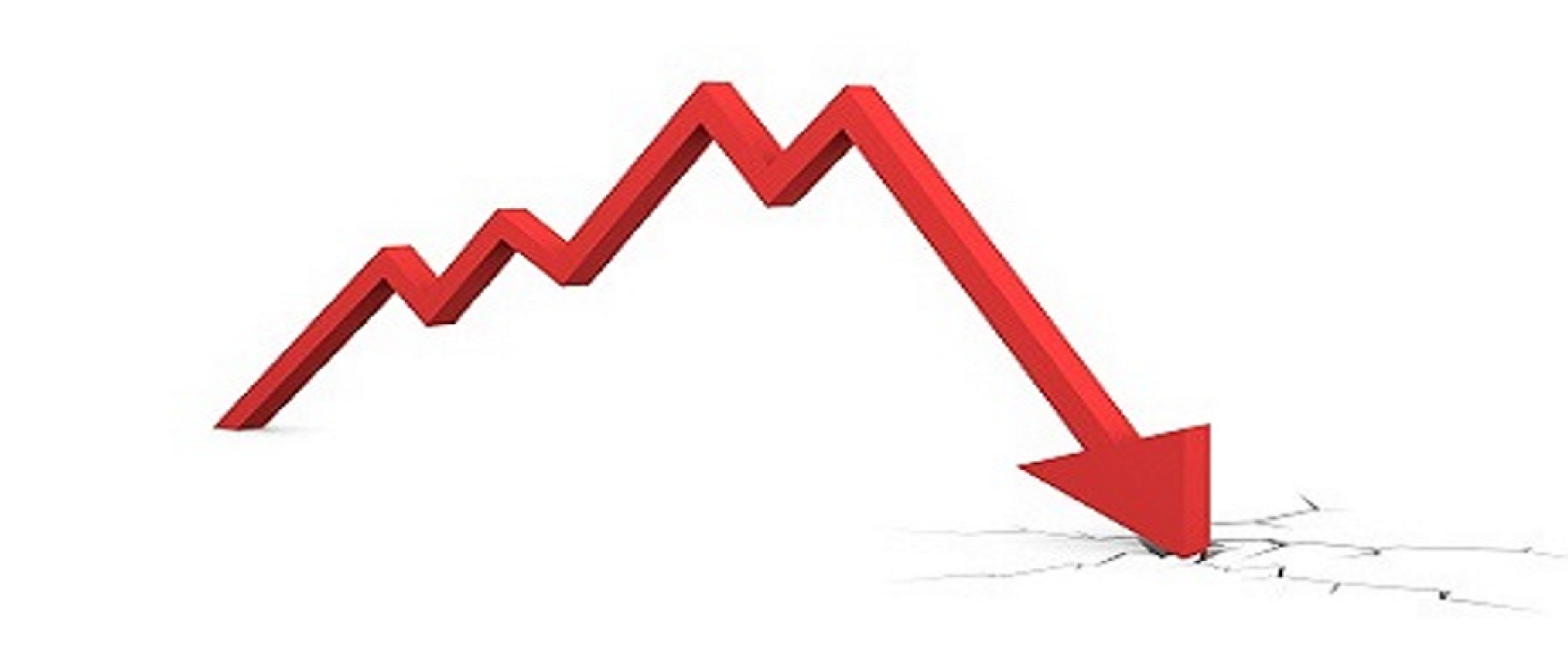Reintegration after burn-out must be tackled very well, because otherwise the risk of long-term disability is very high. Assuming that there are no other psychological or psychiatric problems underlying the burnout and that adequate treatment of the burnout takes place in parallel with the reintegration, reintegration after burnout does not have to take a long time. In principle – if the reintegration is dealt with properly – the employee could be 100% fit for work again after three months.
If burn-out is caused by another psychological or psychiatric problem, reintegration after burn-out may still take place, but reintegration may take longer than three months. After all, adequate treatment of the other psychological or psychiatric problems will have to take place in parallel with the reintegration.
Of course, this adequate treatment does not take place from the employer, but from the treatment circuit. Often on referral from the general practitioner. However, the company doctor will have to check whether the treatment is adequate, because otherwise it will not be possible to achieve the employee’s goal of returning to his or her job.
Unfortunately, practice shows that reintegration after burn-out is often not dealt with properly, as a result of which many employees – despite adequate treatment from the treatment circuit – are incapacitated for work for a year or longer as a result of a burn-out. This is particularly annoying.
First and foremost for the employee, because the employee often sits at home unnecessarily long and runs the risk of being confronted with the desire for dismissal. The long period of reintegration often gives the employer and manager the feeling that a final return is not an option. It often happens that the employer and manager give up the option of a final return after about a year and start pushing for dismissal.
But it is also particularly annoying for the employer, manager and colleagues of the employee if an employee is incapacitated for work for a year or more as a result of a burnout. The employer has to pay salary, but there are no activities in return.
The manager sees the productivity of his or her department decrease. Colleagues have for a long period of time to take care of the work, which the employee normally did. This is difficult for colleagues and can lead to them also running the risk of falling out, creating a snowball effect.
This should be avoided as much as possible and can generally be prevented very easily. That’s why I decided to dedicate a blog to reintegration after burn-out in the hope of helping all kinds of employers and employees to reduce the period of reintegration after burn-out to three months as much as possible.
Reintegration after burn-out: the basics
In case of burnout, it is not a question of being sick or treated for a while and then going back to work completely. Reintegration after burn-out always involves gradual reintegration. The reintegration will always have to be built up step by step. As an employer and manager, you cannot escape being involved in the recovery from burnout.
This involvement starts as soon as the employee reports incapacity for work. It is true that the employee is not obliged to state the reason for the sickness report. In fact, as an employer you are not even allowed to ask. But often, the employee reports on his or her own initiative that he or she has a burnout. As an employer, you often know that the employee is burn-out. It is important to respond intelligently.
This may not always be easy, but the attitude of the employer is one of the most important factors in determining the duration of the recovery. The more understanding you have for the employee as an employer, the quicker the employee will be able to experience rest and that is what the employee needs most in the beginning. If you do not respond properly as an employer, you run the risk of inadvertently delaying the recovery.
Understanding the employee can be quite difficult if you yourself have never had a burnout and have little or no experience with reintegration after a burnout. It requires that you empathise with the perspective of your employee. It is very important to do so, because otherwise you run the risk that the burn-out will take an unnecessarily long time.
If you don’t feel like empathizing with your employee’s perspective, it is important to call in help for this in good time. Within the organisation or outside. I myself, for example, regularly assist employers and employees with reintegration after burn-out if they are not (well) able to do this themselves.
Reintegration after burn-out: phase 1 the crisis phase
The first phase of reintegration after burnout is the crisis phase. In this phase, the employee no longer has any control over his or her situation and therefore no longer functions. The employee completely loses the overview and feels distraught. Often the employee is capable of little or nothing. Both at work and privately.
It should be borne in mind that grip is a basic need of every human being. You can already see this with a baby. A baby often has the natural tendency to put his or her little finger around the finger of the father or mother, because the baby is looking for grip from his or her parents. Small children also often look for the hand of the father or mother. At a certain point, the need for physical grip becomes less, but the need to keep grip on the situation remains. Losing it is therefore often overwhelming.
The first phase of reintegration after burn-out means – as indicated above – that the employee must come to rest. In the beginning, it is therefore particularly important to distance oneself from one’s work. This is generally very difficult for an employee with a burn-out. Employees with a burn-out are generally very committed employees.
They often find it very difficult to distance themselves from their work. That often gives them a feeling of guilt. That is why understanding the perspective of the employee is very important. Take the employee seriously in his or her complaints and try to stimulate the employee to really calm down. However much you might want the employee to be back at work today rather than tomorrow.
In this phase, it is important that there really is no contact at all with the employee. So don’t drink coffee at work or anything like that. The employee must be able to let go of work for a while. This requires that there is no contact at all. However, it is important to explain that you have no contact at all for that reason. Otherwise the employee could get the impression that there is insufficient involvement.
This first phase of reintegration after burn-out needs only to take a few weeks. In practice, this phase often takes many months, because you do not act as you should.
Reintegration after burn-out: phase 2 the real reintegration
The second phase of reintegration after burn-out is the real reintegration. It is the phase in which the employee identifies the problems and the solutions to them. It is the phase in which the energy and load capacity are rebuilt through reintegration. This requires that the employee has insight into concrete solutions for at least part of the problems.
It is important that the reintegration takes place step by step. Both with regard to the accrual of hours and the accrual of tasks and the accrual of work under time pressure. The reintegration will have to take place in steps, which are feasible for the employee.
With regard to the accrual of hours, the company doctor generally determines which steps should be feasible. The company doctor also often determines that in the beginning it is not allowed to work under time pressure. In the first instance, therefore, the employee will generally have to start with adapted tasks without time pressure.
The second phase of reintegration after burn-out need only take a few weeks to a few months. In practice, this is the phase that many employees do not get through. Often there are no concrete solutions for at least part of the problems. Also, employers and employees often do not know how to deal with the build-up of tasks. This phase often takes many months or even more than a year.
Drinking coffee periodically at work
Sometimes, in this phase of reintegration after burn-out, it is advised to start by periodically having the employee drink coffee at work. The idea behind this is that this lowers the threshold to return to work. However, it should be carefully examined whether this is actually the case. Drinking coffee periodically at work can also raise the threshold to return to work.
For several employees, they are very suspicious of drinking coffee periodically. For example, they do not know what to talk about. It is best for them if they can do something immediately when they are back at work. Even if it is only a small job. Include this in your consideration of whether or not to have the employee drink coffee periodically. Discuss this with your employee as well. Involve the employee in the choice of whether or not to drink coffee periodically.
Adapted tasks
What often goes wrong during reintegration after burn-out is the tasks that the employee is given. In general, the company doctor is not able to determine which tasks the employee should be given. For this reason, the company doctor has insufficient insight into the employee’s package of tasks. This also falls outside his or her expertise. After all, the company doctor looks at it from a medical perspective.
In general, the occupational health and safety service does not employ anyone else who has sufficient insight into the employee’s package of tasks and can therefore tell which tasks involve the least work pressure and how to work towards 100% fitness for work. This requires good communication with the employee and good knowledge of the package of tasks, with the knowledge of which tasks do not involve work pressure and which tasks do involve work pressure and how much.
In general, the employee’s manager and HR have a role to play here. After all, the manager knows which tasks belong to the task package. HR knows if it is right how much work pressure is involved in each task and what other activities are still available within the company. By linking this information, a nice schedule can be created, in which gradually the hours, the type of tasks and the work pressure are built up again. At a pace that is feasible for the employee.
If there is no HR present within your company, or if HR is present, but the person or persons involved have insufficient experience with reintegration after burn-out, it is advisable to call in external help from an HR specialist who does have sufficient experience with reintegration after burn-out. Otherwise there is a good chance that the employee will be assigned the wrong tasks, which will result in relapse.
In any case, it should be borne in mind that the use of external help is often advisable due to the fact that the employee usually has distrust towards the manager and the person who is involved in HR within the company. The employee is generally of the opinion that they have not done enough to prevent burn-out.
Therefore, there is generally not much confidence that they will succeed in reintegrating properly. Unfortunately, practice also often shows that the reintegration is not handled properly, which confirms the employee in his or her negative image. By engaging an external person, who has the right expertise, you can build trust with the employee, which is essential for a quick recovery.
Structure of tasks
When it comes to the structure of tasks, it is often wise to start with tasks that the employee can perform on his own. It is then that the employee can set the pace most easily. In addition, the employee will then suffer the least from all kinds of stimuli. Furthermore, it will have to be tasks without work pressure. Also, the tasks will not require too much thinking and concentration.
In addition, it is important that it concerns tasks that require little input, but are mainly focused on delivering output. It is therefore generally advisable to start with executive tasks. Because this can be rather boring, it is often pleasant to provide variety between the tasks.
Contrary to what you might intuitively think, it is not wise to give the employee tasks of which he or she always received a lot of energy prior to the burnout. These are fine tasks to add at a later time, but not the right tasks to start with. The same goes for getting rid of e-mails and attending meetings. This still requires too much thinking and concentration in the beginning. Such tasks are best added at a later stage.
It is often advisable not to place the employee in the old workplace during the first few weeks of reintegration. Then the employee returns to the old environment, but the employee is not the old one yet. The employee can then be overwhelmed by what he or she was able to do prior to the burn-out. This can create the feeling that he or she will never be able to return to that level again, which can cause panic.
It is important to prevent this panic, because it will result in less grip and overview, which the employee already misses so much. Reintegrating from another workplace is often less confronting. Then the employee will notice less what he or she is not yet able to do. That makes it more manageable for the employee.
If the employee can do a little more, he or she can go back to the old workplace. Then more and more of the employee’s own tasks can be added to what the employee does per day in terms of tasks. Here it is important not to push too much, but also not to go along too much with the fear the employee has. A good middle ground has to be found here, otherwise the risk of a relapse is lurking.
Reintegration after burn-out: phase 3 perpetuation
The third and final phase of reintegration after burn-out takes place after the employee is already 100% fit for work. This is the phase in which you start working to prevent the employee from being burned out again. Together with the employee, you will examine how the burn-out arose. This often involves a combination of circumstances, which partly relate to working conditions and partly to private circumstances.
You need to monitor whether the employee has really learned to deal with the solutions. That the employee does not relapse into the previous behaviour that led to burnout.
Personal assistance
The employee must be approached in a consistent and activating way. That sounds simple, but in practice it is not for many employers. That’s not so strange either. Most managers and HR specialists have no or no good experience with reintegrating employees who have a burn-out. Then it is difficult to know how to deal with such a situation. Then it is often pleasant to hire someone who has a lot of experience.
I have a lot of experience with reintegration. Among other things in the field of burn-out. What is very difficult for you as an employee, manager or HR specialist without this experience, is not for me. If I am involved in the reintegration, the employee generally has a grip on his or her functioning again within 3 months and the employee can fully resume his or her work.
Are you an employee with a burnout and do you want to be able to do everything you could for your burnout again as soon as possible? Call me for a free intake interview and find out how I can help you to achieve this as soon as possible.
Are you a manager or HR specialist and are you struggling with the reintegration after burn-out of an employee? Call me for a free intake interview and find out how I can help you to make sure that the employee will be able to work again soon.
If you prefer not to outsource the reintegration, but want an in-company training in the field of burn-out or absenteeism in general, then I can also provide it. This can take place at your company or at 4 Eye Principle on location. Again, call me for a free intake interview.
Do you want to prevent problems like these as much as possible and reduce absenteeism within your company? Call me for a free intake interview and find out how you can reduce absenteeism within your company by means of an adequate absenteeism policy.





